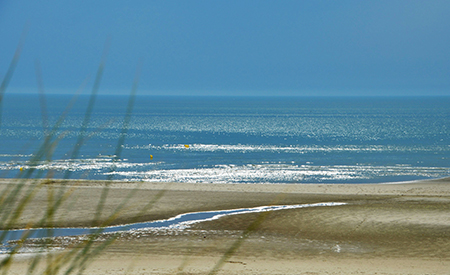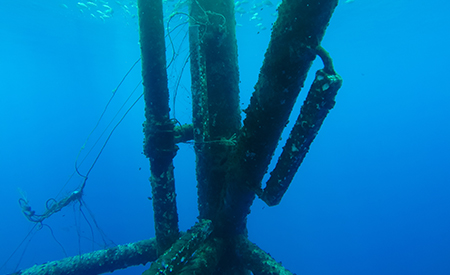Fixed offshore wind
Type of resources
Available actions
Topics
Keywords
Contact for the resource
Provided by
Years
Formats
status
-

Spatial study and sensitivity of network indices to wind farm closure and climate disruption using an Ecospace model
-

Configuration of the ocean model and biogeochemical modules
-

Report on the assessment of the chemical risk of aluminum-based galvanic anodes on the environment
-

This study analyses the sensitivity of network indices to the cumulative effects of the Courseulles sur mer wind farm and climate change
-

Synthesis of existing data for the modeling work to follow (modeling in the deliverables of lot 3)
-

In the context of the development of marine renewable energies in France, the recommendations report produced within the framework of the TROPHIK project is the first French approach to an integrated study on ecosystem changes related to the implementation of an offshore wind farm.
-

The objective of the ANODE project was to quantify the chemical compounds emitted by the galvanic anodes of ORE structures and the risk associated with their dispersion in the marine environment. By combining ecotoxicological expertise and hydrodynamic modelling, the ANODE project has determined that there is no risk associated with most of the elements making up galvanic anodes, namely zinc, iron, copper and cadmium. On the other hand, concerning aluminium, additional experiments are necessary to conclude. The two currently available Predicted No-Effect Concentrations (PNECs) do not seem suitable for this assessment. These thresholds must therefore be refined and include data from in situ measurements in order to be able to estimate the possible risk associated with aluminium releases.
-

Report describing the methodology and results of the simulations
-

Numerical simulations applied on the study sites
-

Review to identify the state of knowledge on anodes and their environmental impact. Report serving as a basis for further work (deliverables 3 and 4)
 Catalogue PIGMA
Catalogue PIGMA